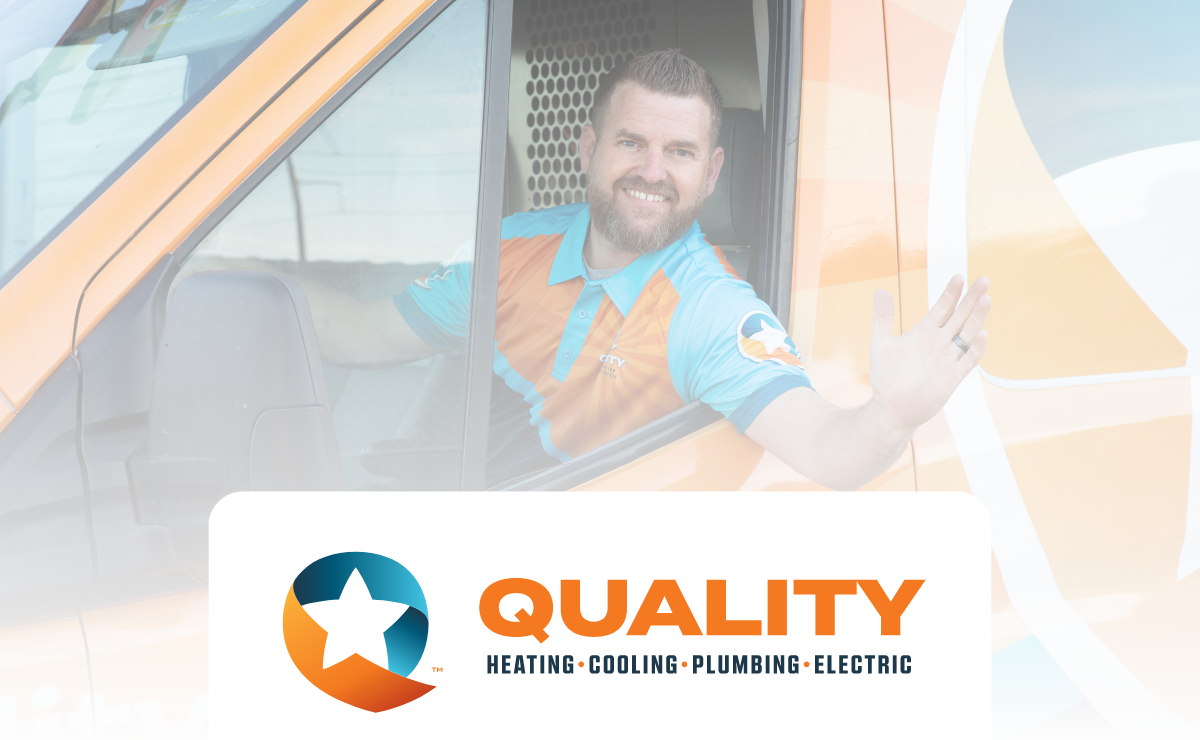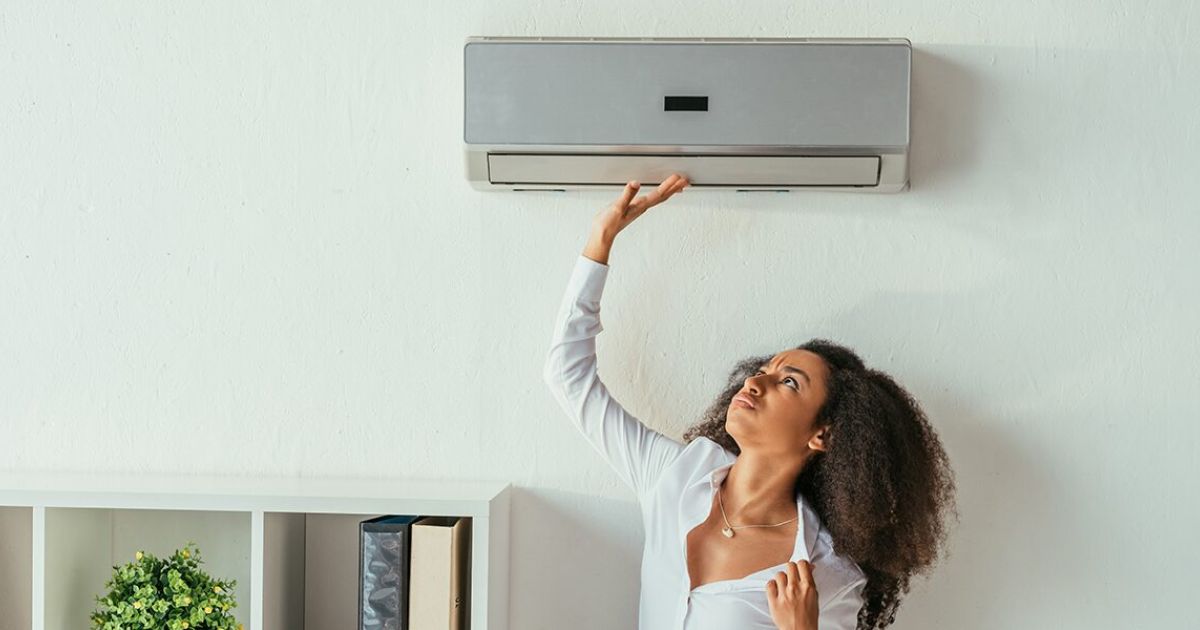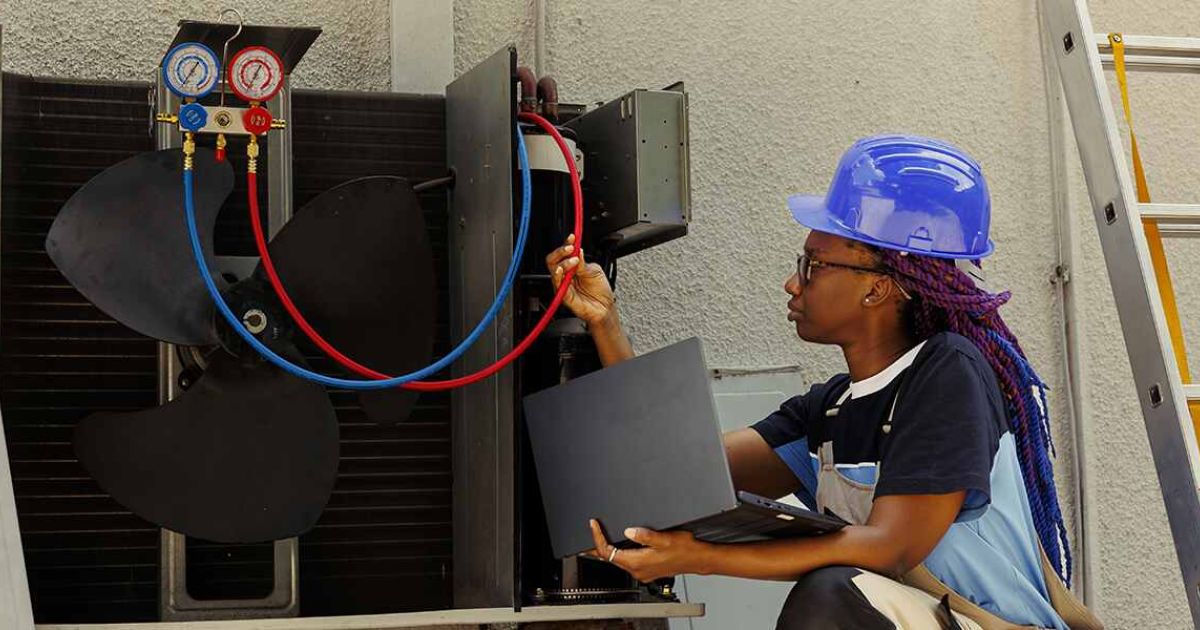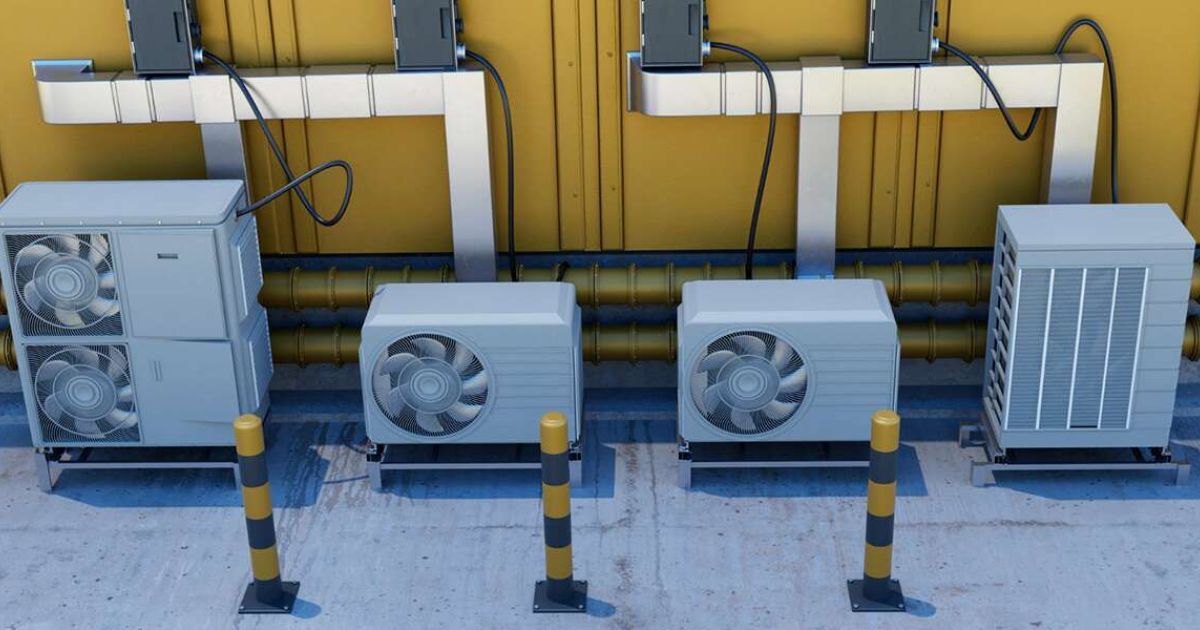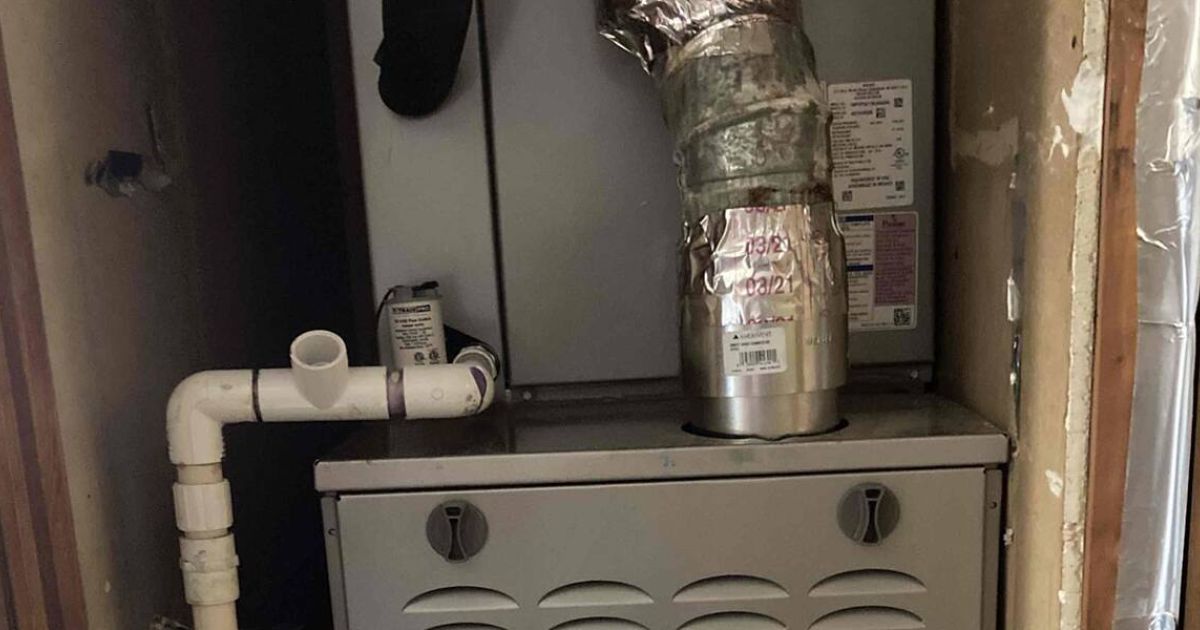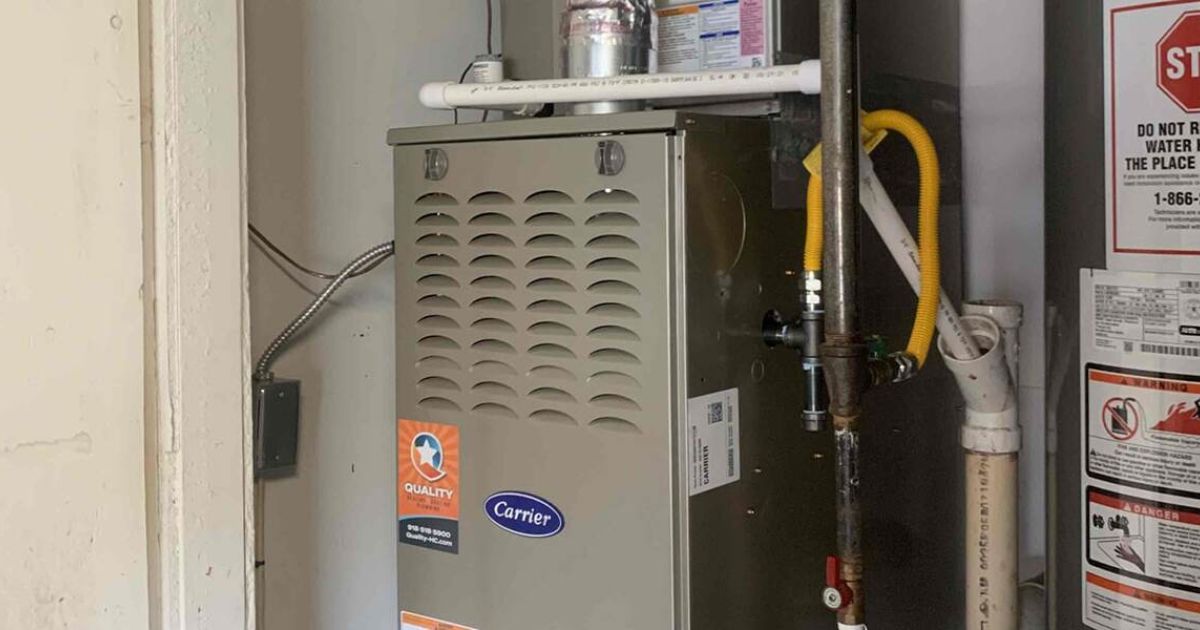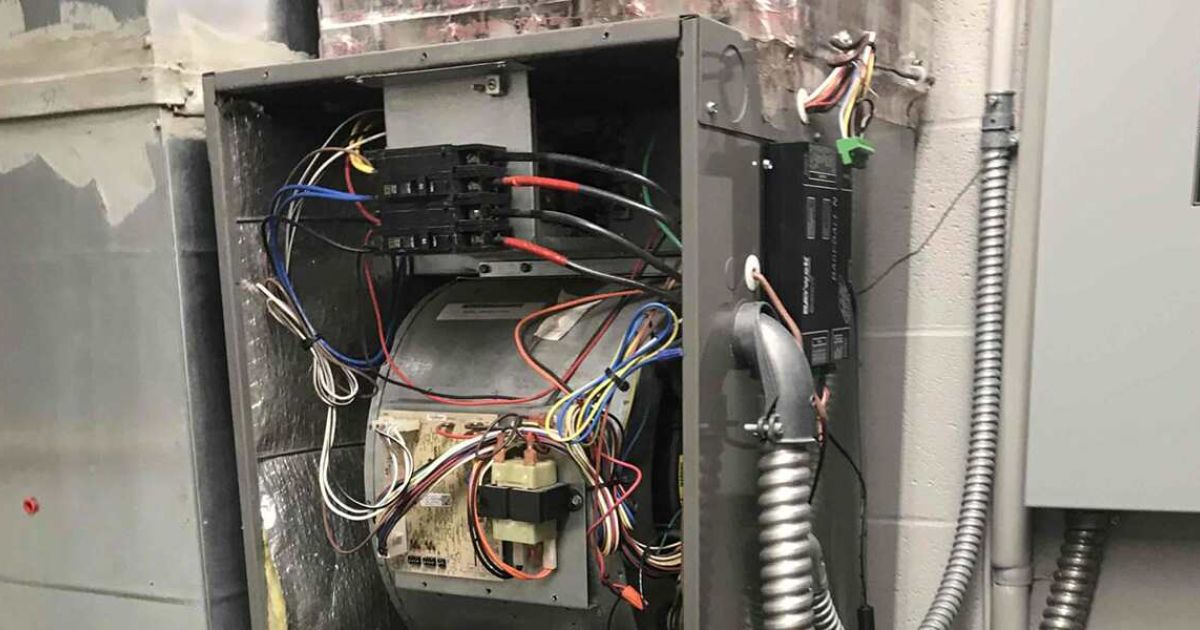Cleaning Your HVAC Condensate Drain Line: Best Practices

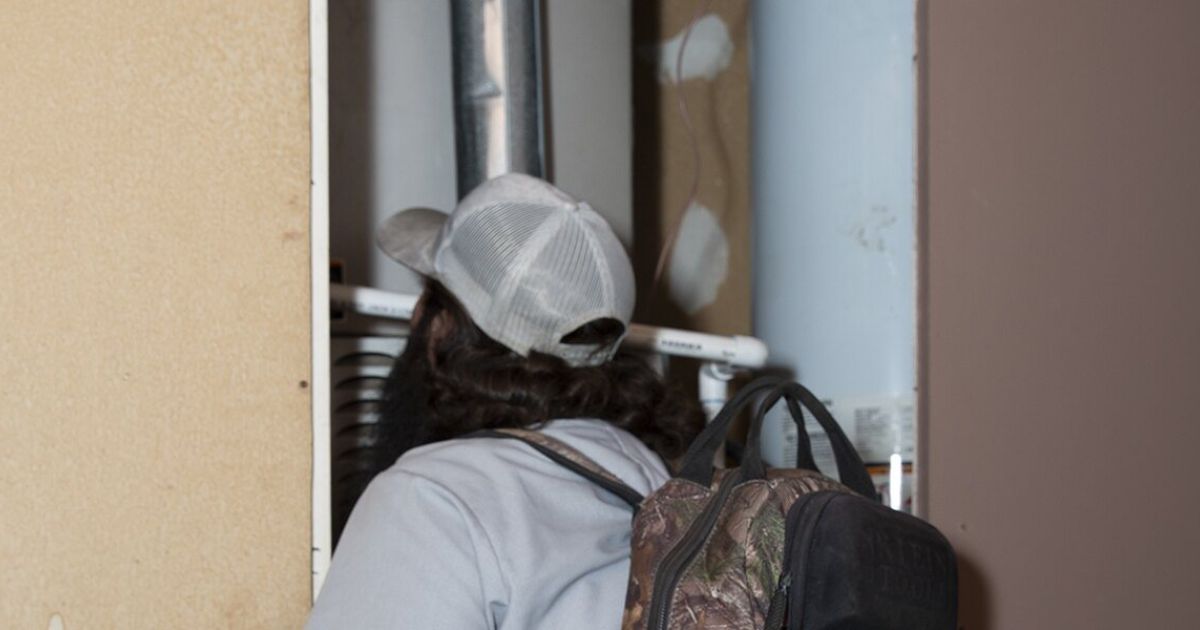
Is your HVAC condensate drain clogged? Call Quality Heating, Cooling & Plumbing at 918-262-5245 for a cleaning or replacement.
Your HVAC condensate drain is essential to your air conditioning unit’s performance. Manufacturers typically produce these parts with PVC or metal piping. They are durable but can experience clogs from dirt, algae, and mold build-up.
A clogged condensate drain line can lead to expensive repairs down the line. They can cause pressure to build in your ductwork and overwork your central air system. Keeping these components clean can help you optimize your indoor air quality and temperature control.
Our heating and cooling company in Tulsa explains how you can clean your HVAC condensate drain without hassle. Once you finish reading, hire our contractors for an in-depth HVAC inspection.
1. Stock the Essentials
Before opening up your HVAC system for maintenance, you must stock up on some essential cleaning products. It’s best to avoid using corrosive chemicals when cleaning your condensate drain. Instead, purchase these items to get the best results:
- Non-abrasive cloths
- A hand vacuum
- A bottle of distilled vinegar
- A plastic funnel
2. Turn Off the HVAC System
Your HVAC system can be an electrocution hazard if you attempt to clean it with the power on. You must shut off the unit from its primary control panel and the circuit breaker in your home. Let the system sit for a few minutes before you touch any components.
Suppose ice is building around your HVAC condensate drain or evaporator coils. In that case, you should let your unit sit even longer to allow the ice to melt. This problem indicates a refrigerant leak somewhere in the system — call a professional HVAC technician for assistance.
Double-check that the unit is safe by:
- Listening for any motors or sounds coming from the indoor air handler
- Checking the primary control panel
- Making sure the interior temperature of the unit is not too hot or cold
3. Find the Drip Pan
The overflow drip pan is usually under the indoor evaporator coils. Inspect this component for any standing water that may be accumulating.
It’s normal for some condensation to collect in the drip pan when the HVAC unit is running. However, excess water is the number-one sign that your condensate line needs cleaning. Standing water occurs from clogs in the system.
4. Drain Excess Moisture
Use a non-abrasive cloth or a wet vacuum to eliminate standing water in the pan. Depending on the size of your HVAC system and the time since the last cleaning, this step should only take a minute or two to complete.
Once the pan is dry, you can use appliance-safe soap to clear away any mold or debris on the surface. Ignoring this step could lead to unpleasant odors in the home. Mold damage can also cause:
- A shorter HVAC system life expectancy
- Pest infestations
- Reduced indoor air quality
Some people try to save the excess condensate for reuse. However, dirty or undistilled water can be harmful to your health, so use caution.
5. Inspect the Condensate Line Entry and Exit
If you remove the pan to clean it, place it back under the HVAC unit when it dries. Inspect both ends of your HVAC condensate drain line located on your outdoor unit. These ports typically have a PVC covering to protect them from weathering.
Take off the cover and check for damage, clogs, and debris. If you aren’t sure what to look for, contact a reliable HVAC contractor. They will help you identify any issues with your outdoor unit.
6. Vacuum Clogs
HVAC unit clogs can be evident from looking into the entry and exit ports. It’s important not to shove any long objects into the ports to try and dislodge obstructions. This method could cause debris to go deeper into your HVAC system, causing further damage to the drain line.
Instead, use your vacuum to suck out any dirt and debris obstructing the line. This process can be tricky if you have a particularly stubborn clog. Sometimes, it may be necessary to use your hand as a seal between the vacuum and the pipe to create a powerful enough suction.
7. Flush the Ports
Flush out any excess debris by pouring a small amount of distilled vinegar into the port. Hot water and dish soap also have the same effect. The solution should effortlessly drip through the lines after you clear the obstructions.
8. Let the Solution Sit
Don’t wipe down your HVAC condensate drain lines immediately after flushing the ports. Let the cleaning solution sit for half an hour to 45 minutes for the best results. After this waiting period, use hot water to flush away the remainder of the solution.
9. Inspect the System Again
Double-check that all your HVAC components are in the correct place before turning the system back on. Ensure that the PVC covering is tightly secure on the ports and lock the drain pan below the air handler. Once these steps are complete, turn the breaker back on and restart your HVAC unit.
You should notice an immediate improvement in the performance of your air conditioning system. However, it may be necessary to go back to step one and repeat the process if:
- Motors appear to be overworking
- Excess water fills the drain pan
- Your home is not getting cooler
10. Call an HVAC Contractor
You can avoid the hassle of DIY cleaning by calling an HVAC technician to maintain your unit for you. They will help you save time and money on your air conditioning repairs. They will also recommend superior-grade replacements if your system experiences frequent clogs and damage.
Quality Heating, Cooling & Plumbing Is Here To Help
Partner with an HVAC contractor you can trust. At Quality Heating, Cooling & Plumbing, we can help you restore your HVAC condensate drain at affordable rates. Our experienced technicians will explain the difference between an evaporator vs. condenser coil, so you can monitor your unit more efficiently in the future.
Contact Quality Heating, Cooling & Plumbing in Glenpool or Tulsa, OK. Call 918-262-5245 for an at-home consultation.

Cassie Pound is the Vice President of Quality Heating, Cooling, Plumbing & Electric with locations in Tulsa, Glenpool, and Bartlesville, Oklahoma.
